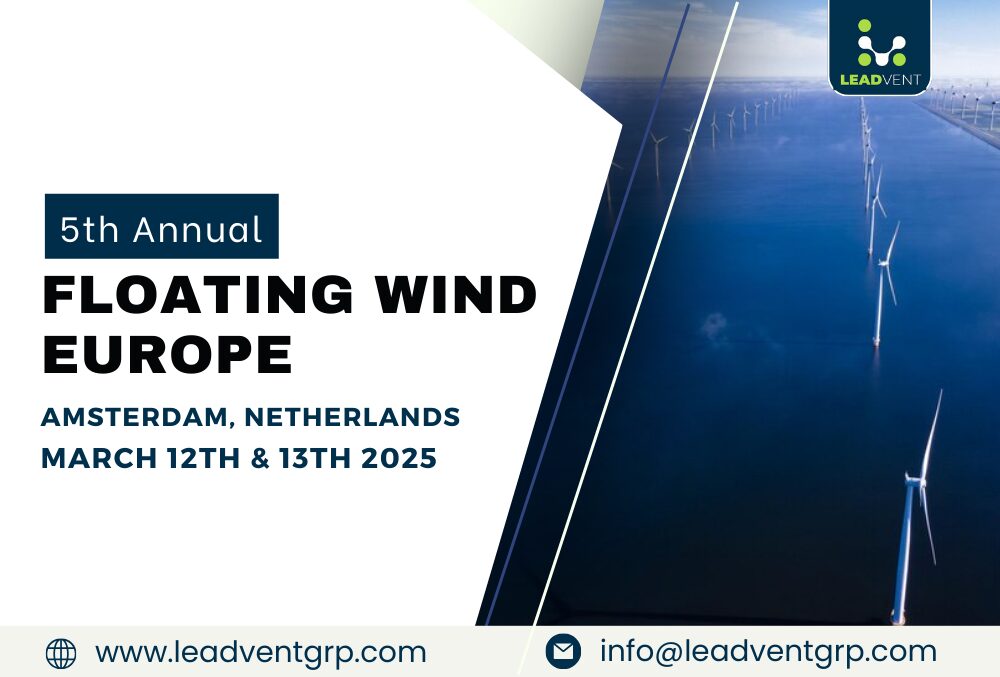
The energy landscape of the Middle East is undergoing a transformative shift, with renewable sources like solar and wind expected to surge and outpace fossil fuels in the region’s power sector by 2040, according to new research by Rystad Energy.
Monumental Shift to Clean Energy
The analysis projects a monumental leap for renewables in the Middle East‘s power generation mix — from just 5 per cent at the end of 2023 to a staggering 70 per cent by 2050.
Solar photovoltaic (PV) is forecast to emerge as the predominant source, accounting for over half of the region’s electricity supply by mid-century, up from a mere 2 per cent last year.
Despite this coming surge of clean energy installations, the region will continue relying heavily on natural gas in the short term, with usage growing until peaking around 2030.
“The Middle East trails behind in the renewable energy shift, overshadowed by Asia and Africa where renewable power is expected to surpass fossil fuel generation by 2032,” said Nishant Kumar, a renewables and power analyst at Rystad Energy.
Drivers of the Transition
The transition is driven by rapid industrial growth, increasing population, and a global push to reduce carbon emissions in the Middle East — a region traditionally dominated by oil and gas.
With over 280 million people and one of the world’s fastest-growing populations, power demand in the Middle East has more than doubled in the past 20 years.
By 2050, it’s projected to reach about 2,000 terawatt-hours, up from the current 1,200 TWh.
Kumar noted that the region’s surging residential power demand, need for economic diversification, freshwater desalination, and anticipated electric vehicle adoption “underscores the urgency for a transition to renewables” and its “long-term sustainability”.
Solar Energy Leading the Way
Solar energy is becoming central to Middle Eastern energy policies as the cheapest source.
Saudi Arabia has achieved a world record-low levelised cost of $10.4 per megawatt-hour for solar PV due to factors like low costs, large-scale projects, and high solar irradiation.
The total installed solar capacity in the region exceeded 16 gigawatts (GW) at the end of 2023 and is expected to approach 23 GW by year-end.
Projections show it will surpass 100 GW by 2030, with green hydrogen projects contributing to 30 per cent annual growth.
Saudi Arabia, the UAE, Oman, and Israel are projected to account for nearly two-thirds of the region’s total solar capacity by 2030, led by Saudi Arabia targeting over 58 GW.
Commitments from Major Players
Major Middle Eastern nations have publicly committed to boosting renewable energy in their power mixes:
- Saudi Arabia aims for 50 per cent renewables by 2030, up from 2 per cent currently
- UAE targets 44 per cent renewables by 2050, up from 6 per cent today
- Oman plans for a 30 per cent renewable share by 2030, up from 3 per cent, and envisions becoming the largest green hydrogen exporter
As the Middle East pivots from its traditional oil and gas dominance, the region’s energy future is poised for a historic clean energy transformation over the next decades.












